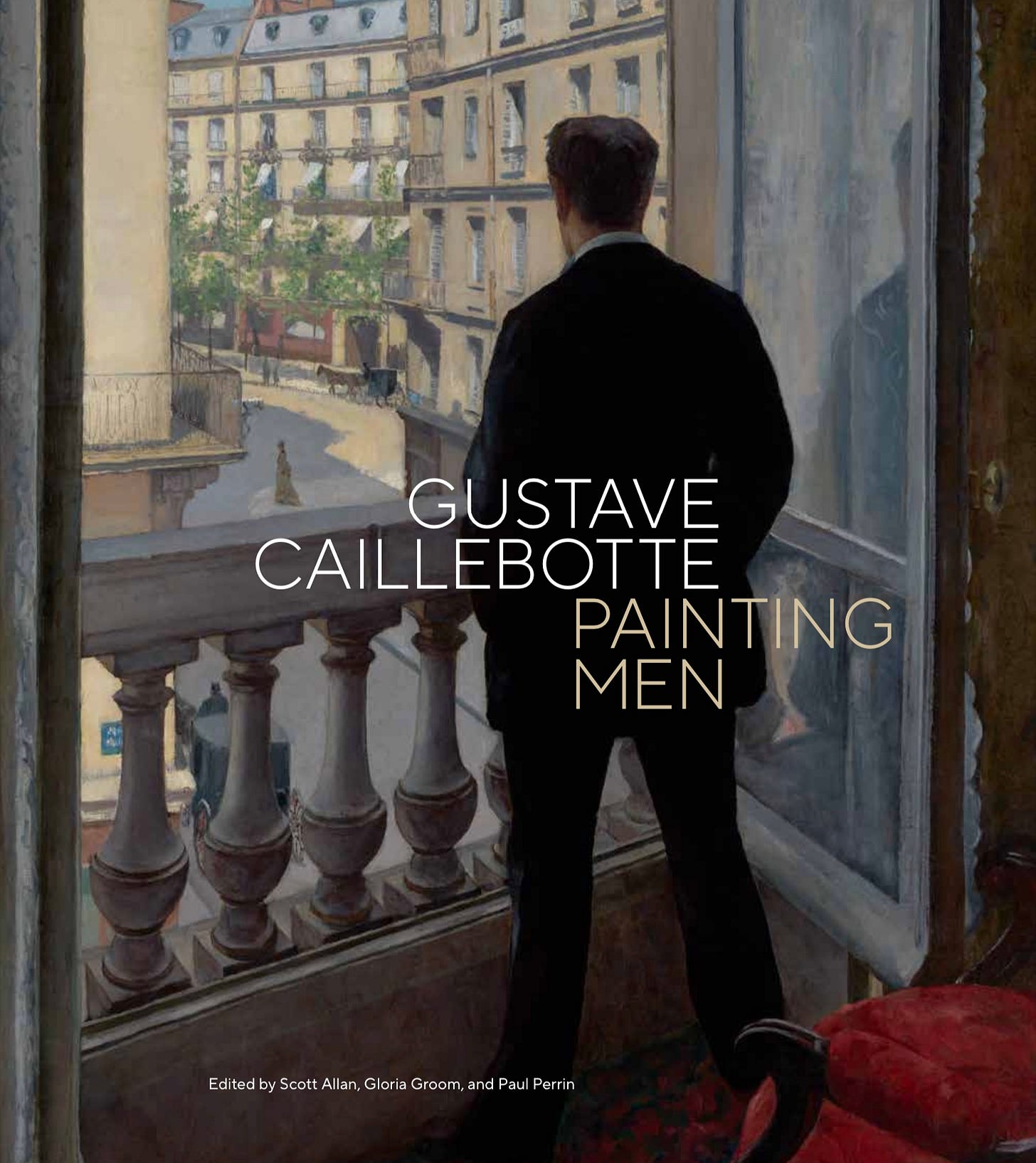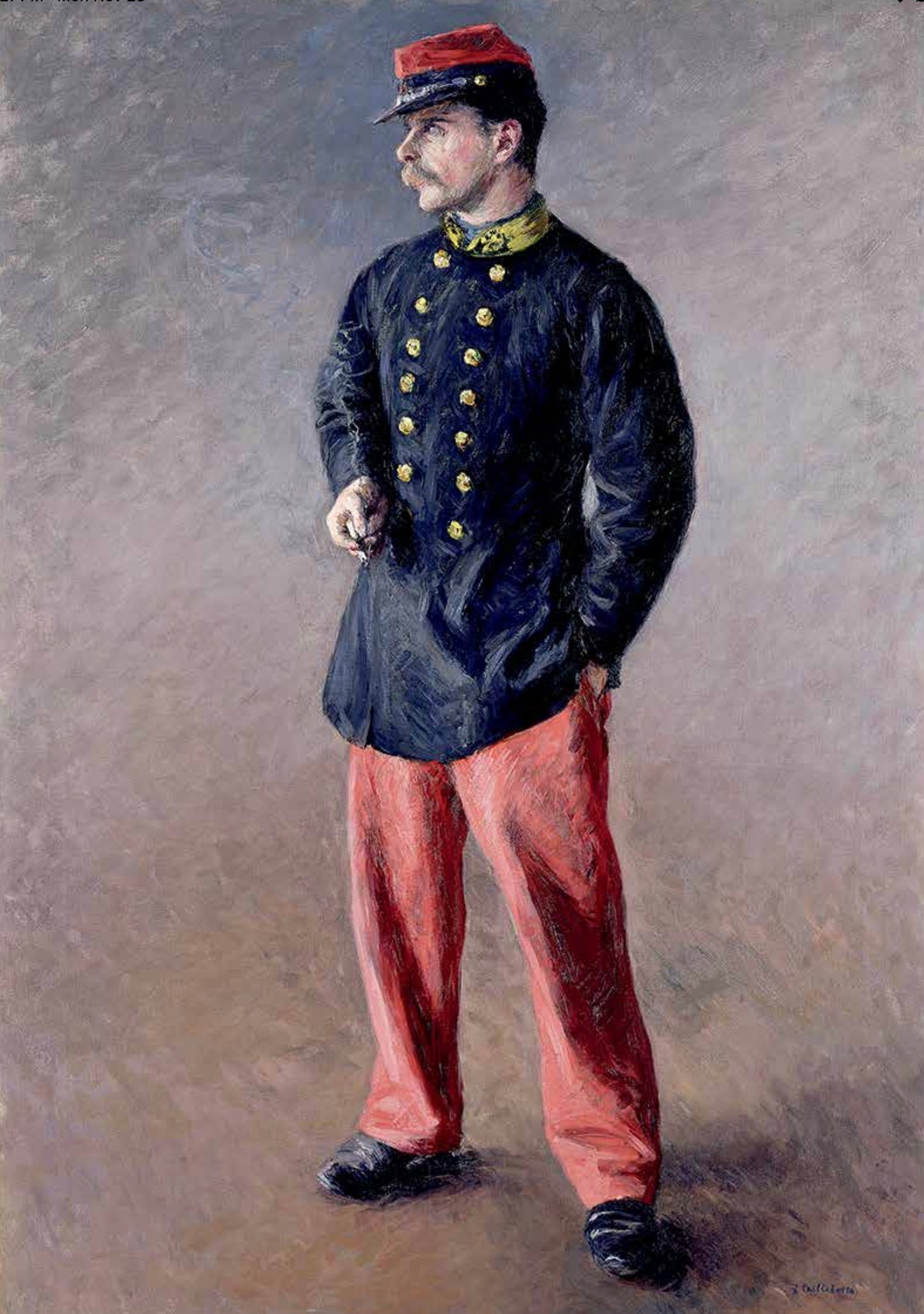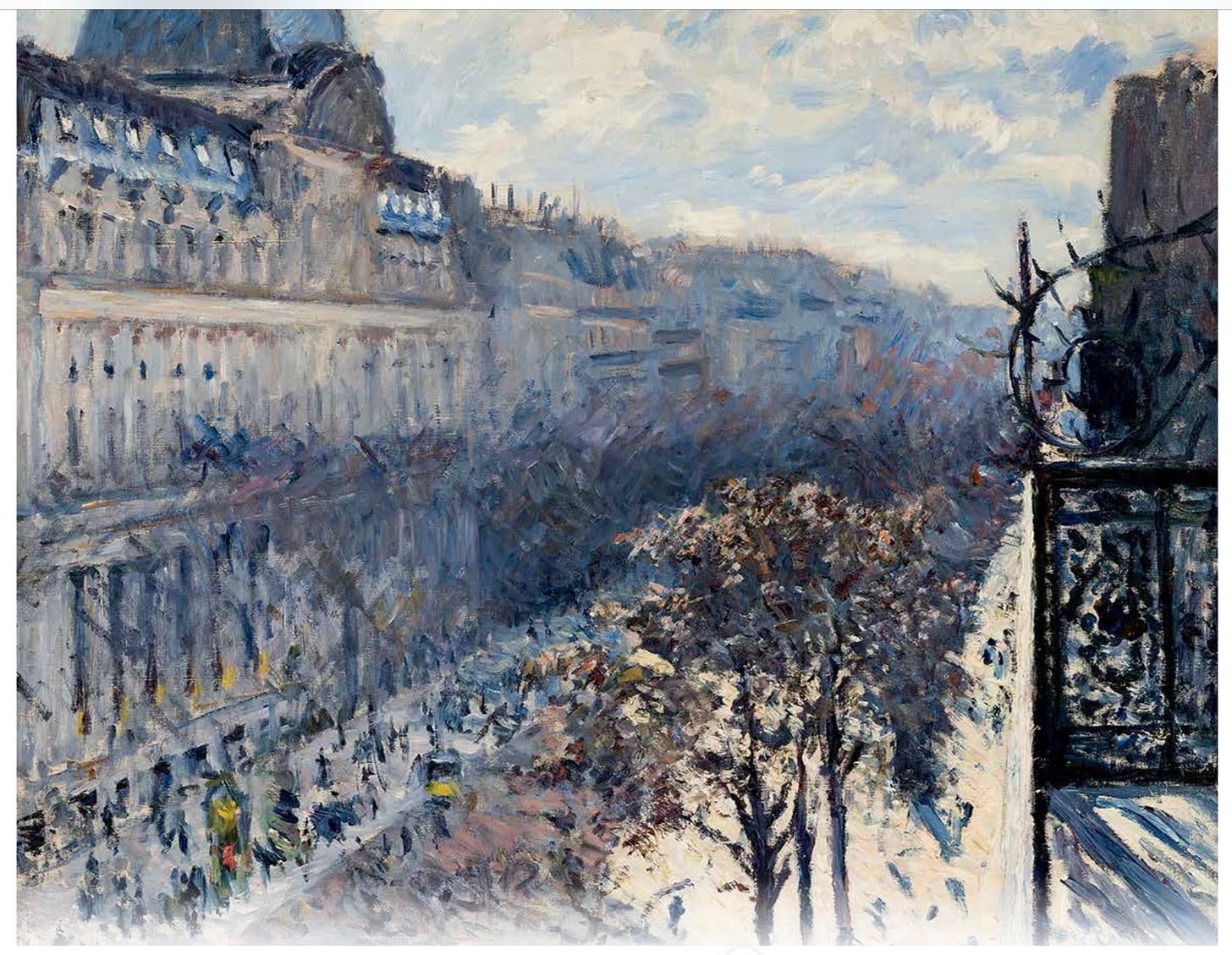Book Review "Gustave Caillebotte: Painting Men"
Edited by Scott Allan, Gloria Groom and Paul Perrin. Publication Date January 2025
I am grateful to NetGalley for providing an advance copy of this book in exchange for my honest review.
I thoroughly enjoy the French Impressionist artists and look forward to exhibitions that bring together their works from public and often rarely seen private collections. Although the most prominent Impressionist artists have widespread popularity, it can be a real delight to view the work from lesser well known artists active at the time. Especially when that artist is Gustave Caillebotte, someone who is recognised today as having a great deal of responsibility for the Impressionists success and longevity, as well as being a skilled painter in his own right. Caillebotte’s life and work is the subject of a major new international exhibition currently in Paris. A wonderful new book accompanies the exhibition and shares the title: Gustave Caillebotte - Painting Men.
Gustave Caillebotte (1848–1894) played many roles in his relatively short life. Apart from being a key figure in the world of the Impressionists he also pursued interests beyond art, including various sporting activities, landscape gardening, philately, academic and business projects.
While some of his paintings, such as Floor Scrapers and Paris Street Rainy Day, are well-known, this book, somewhat obliquely titled ‘Painting Men’ provides a comprehensive insight into the artist’s work and indeed the man himself. His upbringing, his various careers and interests, and of course his life among the Impressionists. Caillebotte played a key role as an organiser of Impressionist exhibitions, as well as providing generous patronage, being a knowledgable art collector and of course a skilled and accomplished painter, respected and warmly liked by his fellow artists.
The book is in two parts. Firstly presenting a series of Essays from multiple experts on various facets of Caillebotte life and work. The second part is dominated by Colour Plates of paintings and various other visual items which are included in the exhibition. The Essays are a delight to read. They are not dull or academic meanderings, but educational and informative, adding depth and richness to the visual aspect of the colour plates. I began reading them as a bit of a chore, planning to quickly move to the colour plates but ended up taking my time, even reading the detailed footnotes for further insights ! Context and background information can increase the enjoyment that comes from looking at art and this is certainly the case with Caillebotte work.
A couple of the essays tiptoe around Caillebotte’s sexuality, alluding to his unmarried status as well as some of his paintings subject matter and his life outside of the art world. This is the ‘elephant in the room’ as described in one of the essays. I expect there may be academics or others who view pretty much everything based on ‘identity politics’ and find this of great importance. However I suspect most people, who enjoy Impressionist art, will care little about the sexuality of an artist who lived a long time ago. Perhaps a mild curiosity, but possibly not even that. Decades ago maybe his sexuality might have raised eyebrows, but today, in the 21st century, in the large western cities that host these impressionist exhibitions ? Anyway, plot spoiler, there is no definitive evidence provided, merely innuendo and supposition. Indeed Caillebotte lived his final decades with a much younger woman, made allowances for her in his will and immortalised her in a stunning, intimate large-scale work which was never exhibited during his lifetime. For what that is worth…
As a collection, the Essays are great and all are worth reading in full. Multiple topics are covered, all providing various insights into the man, his upbringing, family, life, interests and activities. Art plays a great part in his adult life but his interests went in many directions. A passion for sporting activities, landscape gardening to name but a couple of areas that he enthusiastically embraced. The Essays provide a great deal of background and context to his artistic work . Through the Essays, we learn a great deal about the paintings in the exhibition; the subjects, models, compositions, locations, landscapes and so on. Beyond that, they provide a nuanced view of a particular life in late 19th Century Paris. Granted it is an affluent and entitled life, but nevertheless a valid, true and eventful life of an artist, his friends and family. Caillebotte had a relatively short life, but one well lived and one that provided a valuable legacy. The French people have benefitted greatly from Caillebotte’s generosity, his bequeathing to the State an art collection including his own work and many works from his fellow Impressionists.
The colour plates reproduce much of the art work that features in the exhibition. In addition to his most well-known works, there are many other fine examples spanning his life. A number of works I found quite stunning. The large scale painting of Charlotte Berthier, his longtime companion, is remarkable as is a full length portrait of a French soldier in a bright blue and red uniform. There are also some wonderful Paris street scenes viewed from above and a fine self-portrait. Also of great interest are the many charcoal and pencil sketches, often single figures capturing movement or some aspect Caillebotte was investigating for a future composition. Alternative compositions of well-known paintings add insight into the artists style, composition and technique. Contemporary photographs of family and friends are presented as are various documents related to Caillebotte’s life from his family archive. The Appendix includes maps of Paris and the outskirts showing the locations of scenes painted and where people in Caillebotte’s social circles lived and worked. Also biographical details are provided on several of the key people who Caillebotte used frequently as models in his work.
This book will add layers of knowledge and enjoyment to anyone visiting the exhibition or for those seeing isolated examples of Caillebotte’s work in museums and galleries around the world. A richly illustrated volume with Essays which present a detailed yet nuanced picture of the man, his work, his life. Reading this book has given me not only great pleasure but also a desire to visit the exhibition and see the paintings in person. The authors of this book and organisers of the exhibition can be very proud of what they have achieved. I thank them for this and wish them every success.
The exhibition is currently at Musée d’Orsay in Paris until January 19, 2025, then moves to the J. Paul Getty Museum in Los Angeles from March 25 to May 25, 2025, and then to The Art Institute of Chicago from June 29 to October 5, 2025.
All images presented are from Gustave Caillebotte: Painting Men, published by Getty Publications, J. Paul Getty Museum, Los Angeles, USA, January 2025.








